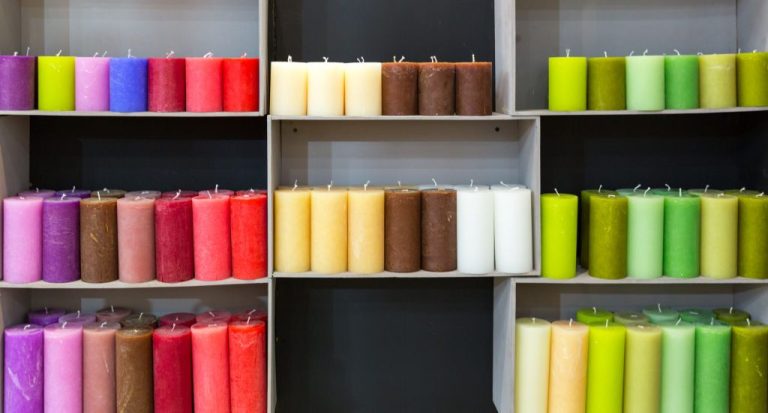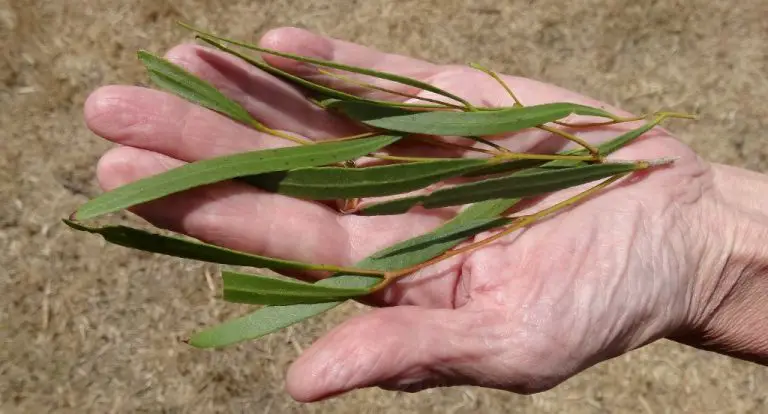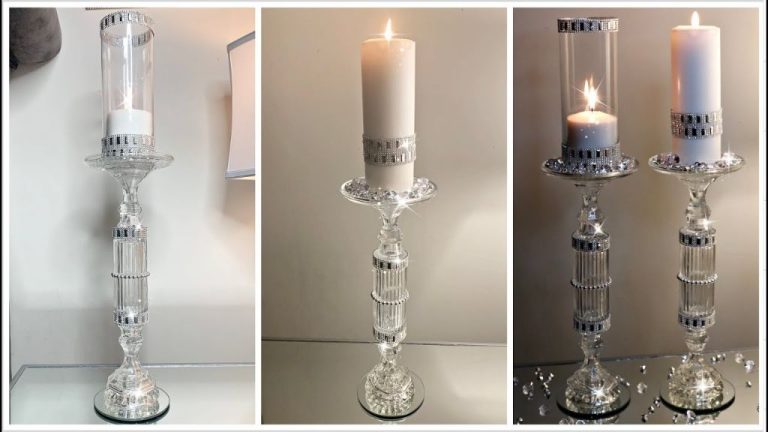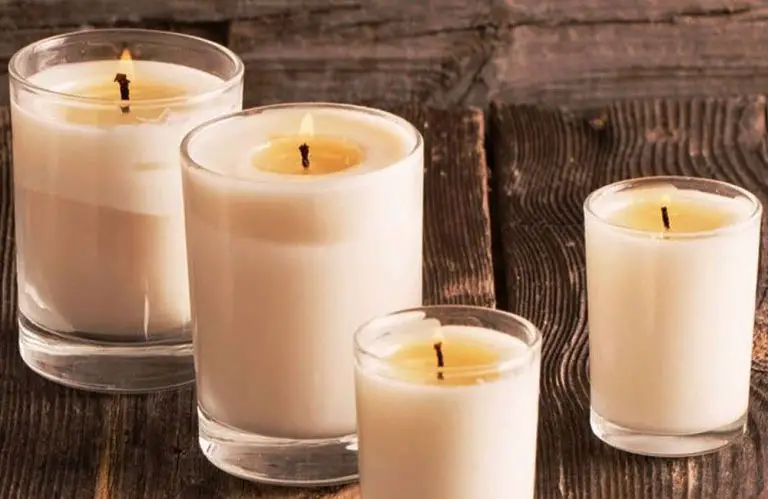Can You Make A Double Boiler At Home?
What is a Double Boiler?
A double boiler is a specialized set of pans used for gently heating ingredients that need delicate cooking. It consists of two components: a saucepan or pot that holds simmering water, and a metal or glass bowl that fits securely over the saucepan.
The purpose of a double boiler is to provide indirect, gentle heat for cooking items like custards, sauces, chocolate, and delicate egg dishes. The simmering water in the bottom saucepan heats the ingredients in the top bowl by steam rather than direct contact. This allows the ingredients to cook slowly and evenly, preventing scorching or curdling.
Using a double boiler gives you more control over the temperature and helps prevent burning, according to The French Cooking Academy. It’s ideal for heat-sensitive foods that require low, stable temperatures around 160-180°F.
Benefits of Using a Double Boiler
A double boiler has several advantages over using a single pot when cooking delicate foods that require low, even heat. The key benefit is that it provides gentle, indirect heat that helps prevent scorching and burning.
In a double boiler, the food sits in the top container over simmering water in the bottom pot below. This creates a buffer between the heat source and the food, allowing a more moderate and stable temperature. The food heats up gradually and evenly, rather than being exposed directly to the hot stove burner.
This gentle heating makes a double boiler ideal for working with finicky ingredients like chocolate, custards, cheese sauces, and anything that can easily overcook or scorch. The food cooks slowly at a temperature slightly below boiling, avoiding rapid temperature changes.
In summary, the main benefits of a double boiler include:
- More even, gentle heating
- Less chance of scorching or burning delicate foods
- Allows better temperature control
- Ideal for foods like chocolate, custards, sauces
Items Needed to Make a Double Boiler
The main items needed to make a homemade double boiler are a saucepan, mixing bowl, and lid. https://www.wikihow.com/Make-a-Double-Boiler-(Bain-Marie)
Select one saucepan and one mixing bowl that nest together nicely. The rim of the mixing bowl should rest securely inside the saucepan without falling down into the bottom. Choose a saucepan that is a few inches wider than the mixing bowl to allow steam to circulate around the sides. Be sure the saucepan is deep enough for the water to boil without overflowing.
The mixing bowl holding the ingredients should fit inside the saucepan without touching the water. A glass or metal mixing bowl works best as they can withstand the heat. Avoid bowls made of plastic or silicone that could melt. Opt for a bowl with a pouring spout or curved lip for easy pouring.
You’ll also need a lid that fits snugly onto the saucepan, trapping the steam under it. A tight fitting lid helps transfer more heat efficiently to the mixing bowl.
With the right saucepan, mixing bowl, and lid, you’ll have the essential pieces to make a simple stovetop double boiler for delicate cooking tasks.
Selecting the Saucepan and Bowl
When making your own double boiler at home, it’s important to select the right saucepan and bowl combination so that they fit together properly. As Baking Bites notes, the two vessels should fit tightly together. You don’t want a large gap between the bowl and saucepan, or the bowl sitting precariously on top.
The saucepan should be just wide enough that the bottom of the bowl rests securely on top. There shouldn’t be lots of extra room around the sides. This will prevent steam from escaping and keep the heat circulating around the bowl evenly.
For the bowl, it’s best to choose one made from heatproof material like glass or stainless steel, according to Tasting Table. Avoid plastic bowls or ceramic bowls that may crack under prolonged heat exposure. The bowl should be wide enough to sit stably on the saucepan, with some overlap around the edges.
Take some time selecting the right saucepan and bowl pairing. When they fit snugly together, it will allow your homemade double boiler to heat foods gently and evenly.
Assembling the Double Boiler
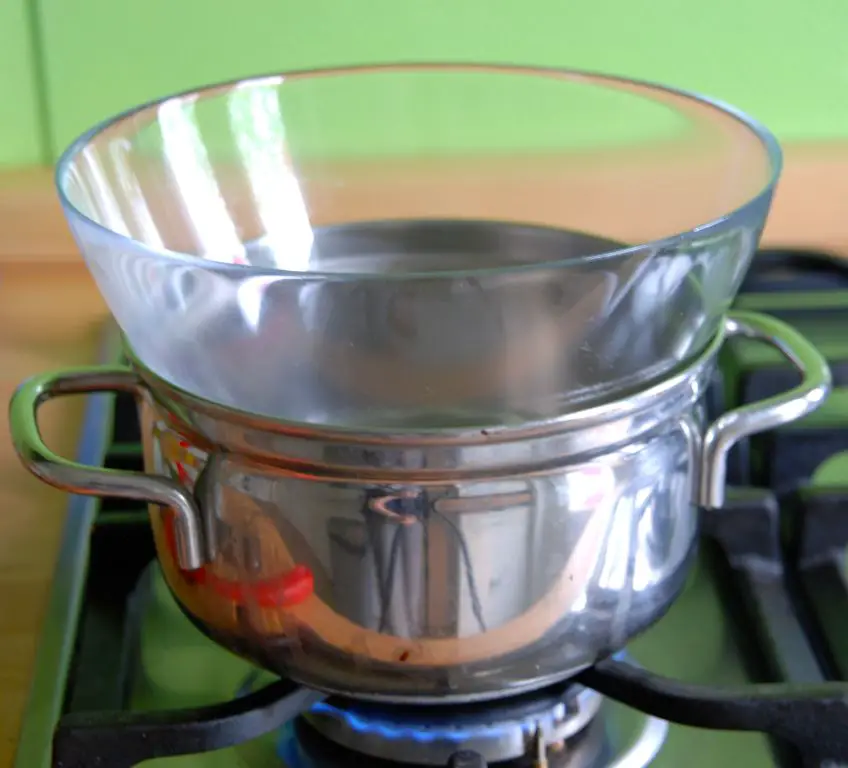
Assembling a homemade double boiler is simple and requires just a few basic kitchen items. Start by selecting a saucepan or pot that is a couple inches wider than the bowl you intend to place on top. Fill the saucepan with 1-2 inches of water. You don’t need a lot of water, just enough to lightly simmer and create steam. Ensure the water doesn’t touch the bottom of the bowl when placed on top.
Next, take your mixing bowl, glass bowl, or other heatproof bowl and place it directly on top of the saucepan over the gently simmering water. The bowl should sit securely on top without wobbling. You can place a lid on top of the bowl if you like, but it’s not required. The lid simply helps retain a bit more heat. Be sure to monitor the water level as it may need topping off.
And that’s all there is to assembling a homemade double boiler! With just a saucepan, a bowl, and some water, you can create a simple double boiler setup right in your own kitchen. It provides steady gentle heat perfect for delicate cooking tasks. Now your homemade double boiler is ready for everything from melting chocolate to heating custards.
Using Your Homemade Double Boiler
Using a homemade double boiler is simple. First, heat water in the saucepan to a simmer over medium heat. You don’t want the water to come to a full boil, just small bubbles breaking the surface. Once simmering, place the bowl containing your food over the water. Make sure the bowl fits securely and does not touch the water.
Then, use a spatula or spoon to stir the food periodically as it gently cooks in the bowl above the simmering water. The indirect steam heat from the saucepan will slowly and evenly cook the ingredients. Continuously stir to ensure even heating and prevent burning on the bottom.
Monitor the food’s progress, stirring occasionally, until it reaches the desired consistency, melting, or temperature. The gentle indirect heat allows you to achieve delicate results without scorching.
Source: https://www.bonappetit.com/story/double-boiler
Foods to Make in a Double Boiler
A double boiler is great for gently melting and heating foods that need delicate care. Here are some of the best foods to make in a homemade double boiler:
Melted Chocolate
One of the most common uses for a double boiler is melting chocolate. Chocolate is very sensitive to direct heat and can easily burn or scorch if placed directly over a heat source. Using a double boiler allows the chocolate to melt gradually and evenly, preventing any burning or seizing up. It’s the ideal way to melt chocolate for dipping, candy making, frostings, sauces, and more. Refer to recipes like this Chocolate Ganache from Cookpad for instructions on melting chocolate in a double boiler.
Custards
Custards like crème brûlée, flan, and baked custard pudding require gentle, even heating to reach the right creamy texture. A double boiler provides the perfect conditions for steaming and cooking custard mixtures without curdling or overcooking. Follow recipes like these Creme Brulee and Flan from Cookpad to make smooth, velvety custards.
Cheese Sauces
Warming milk and melting cheese over direct heat can cause the proteins to overcook and separate. A double boiler allows you to gently melt cheese into a smooth, creamy sauce for dishes like mac and cheese, nachos, pasta, and soups. Check out recipes like this Easy Cheese Sauce for how to make cheese sauces in a double boiler.
Cleaning and Storing
A few tips for cleaning and storing your homemade double boiler after use to help it last and keep it hygienic:
After each use, disassemble the parts. Carefully remove the bowl from the saucepan. Wash the saucepan, bowl, and any other parts separately by hand in hot, soapy water. Be gentle when scrubbing to avoid damaging any surfaces. Pay extra attention to any food residue stuck on the inside of the bowl or saucepan to prevent growth of bacteria.
According to this Reddit discussion, you can try mixing 1 part vinegar with 3 parts water and letting it sit for 10 minutes to help remove stubborn mineral deposits. Scrub with a soft brush or sponge afterwards.
Make sure all parts are completely dry before storing. Place the clean bowl upside down on the saucepan lid before stacking them away to allow air circulation and prevent mold growth.
Troubleshooting
Even with a homemade double boiler, you may run into some issues while cooking. Here are some common problems and how to prevent them:
To prevent water from boiling over, be sure not to fill the bottom saucepan with too much water. Only add enough water so that it partially covers the bottom of the top container or bowl. You want the water to simmer gently rather than boil rapidly. Keep an eye on the water level and add more as needed [1].
To avoid burning food, keep the heat low-medium low. Vigilant stirring can also help prevent scorching on the bottom. Consider switching out the saucepan for one with thicker, more conductive material if burning persists [2].
Double Boiler Alternatives
If you don’t have the pans needed to make a homemade double boiler, there are a few handy alternatives using items you likely already have in your kitchen:
Slow Cooker
A slow cooker can be used to achieve a similar gentle, indirect heating effect as a double boiler. Simply fill the slow cooker with water about 1/3 of the way. Place a heat-proof bowl on top of the water and add your ingredients that need gentle heating into the bowl, such as chocolate, custards, sauces, etc. Set the slow cooker to low. The bowl will get warm enough to melt or cook gently without scorching. Be sure to keep an eye on it and stir periodically [1].
Bain-Marie
A bain-marie is the French term for a water bath, and it provides a similar gentle heating method. Simply place a heat-proof bowl over a saucepan with 1-2 inches of simmering water. Make sure the bottom of the bowl does not touch the water. Use this setup to gently melt chocolate or cook custards, sauces, etc. without burning. Again, keep an eye on it and stir occasionally [2].

